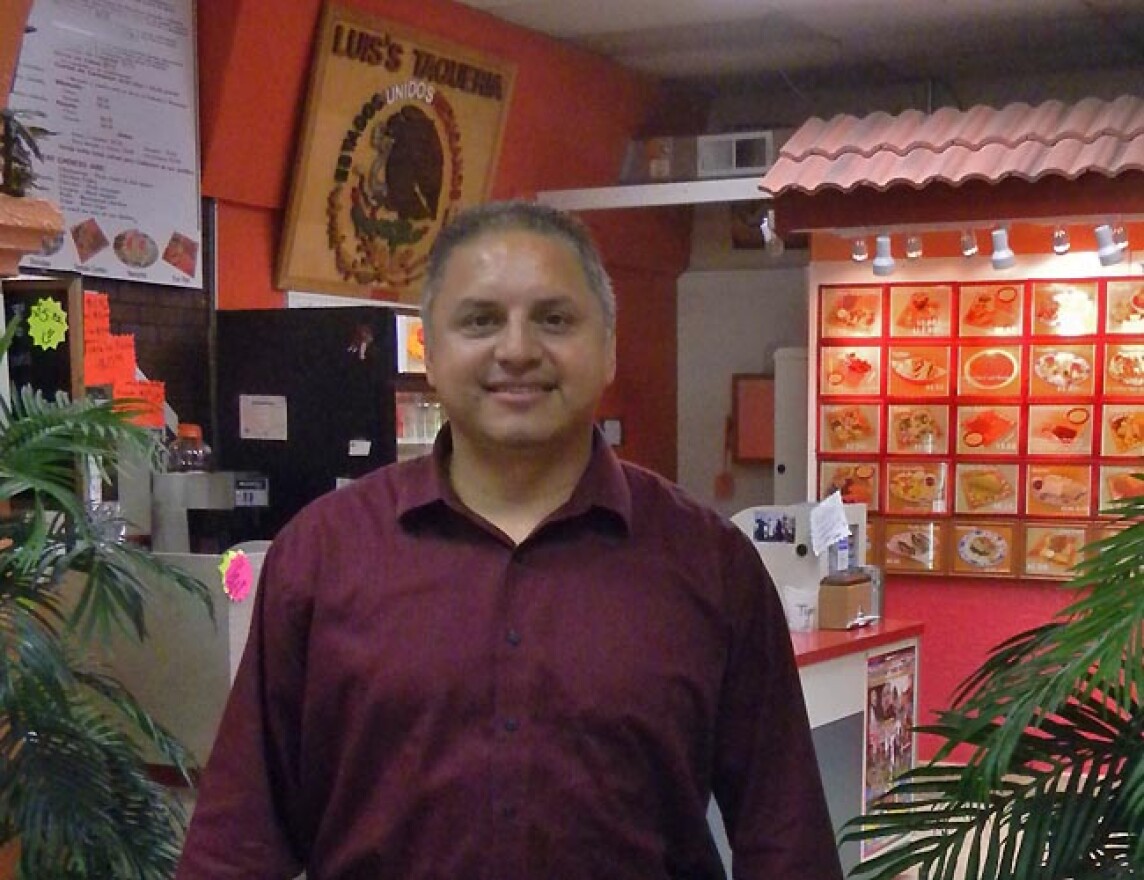WOODBURN, Ore. - Across the Northwest, Latinos make up nearly 12 percent of the population. Yet our research estimates only two percent of the region’s elected officials are Hispanic. It’s a disparity that voters like Jose Ramirez want to change.
“If someone can vote and doesn’t, well, that doesn’t do any good," he says. "You’re allowing others to vote in your place, to make different laws than you might like.”
The question is, why does the region's largest minority group have so little clout in the political arena? Our research finds that the number of Latino elected officials in the Northwest is especially low compared to the growing Hispanic population in all three states. In the first part of our series, we look at some of the reasons for that gap.
We combed through the names of more than 8,000 elected officials in Oregon, Washington and Idaho. These included members of Congress, state legislatures, county commissions, city councils and school boards. What did we find? Just a shade over two percent of all of the people holding those offices are Latino.
Just two percent of the politicians share the same ethnicity as 12 percent of the population.
Take Woodburn, Oregon. More than half of the people who live in this Willamette Valley town are Hispanic. But hardly any have ever been elected to public office. And currently, at the Woodburn City Council, you don’t hear any Latino names during roll call votes.
Woodburn Mayor Kathy Figley says she knows it's not ideal.
"You don't always need for an elected body or a committee or something to be reflective of the entire community, but if you're not getting the voices of people somewhere in the conversation, you're losing out.”
Figley says the City does try to recruit Latinos to serve on volunteer commissions and advisory committees. But actually running for elected office?
"Getting people to take the next step so far has been a challenge," she says.
Woodburn isn't the only example of a Northwest city with a high Latino population and few, if any, Latino elected officials. Nampa, Idaho is more than 25 percent Hispanic and there are no Latinos on city council. The same is true in Mt. Vernon, Washington, where more than a third of the population is Hispanic.
If you want to find out what’s going on in Woodburn’s Latino community, stop in at Luis' Taqueria. Barack Obama checked out the downtown eatery during a campaign swing through Oregon four years ago. Anthony Veliz remembers that day well.
"I was sitting there about to order. Somebody taps me on the shoulder. I turn around and it's Barack Obama," Veliz says. "And it was me and him. We were standing right there. And he goes 'What's good here?' And I'm just like 'What?'"

Obama may not have realized it, but he was talking to one of the few Latinos who have ever held elected office in Woodburn. Veliz has served on both the school board and city council, and now runs a marketing agency that specializes in reaching Latinos. He says a lack of Hispanic elected officials is self-perpetuating.
"Having no one in your network who's ever run a campaign or knows about that, that can be a barrier. And I think in the back of people's minds too, will a city, county, state elect a Latino?"
And there’s another challenge: registering Latino voters. The fact is, a sizeable number of Hispanics in the Northwest can’t vote because they are not U.S. citizens. In Oregon and Washington, the Pew Hispanic Center estimates that Latinos comprise just 5 percent of eligible voters.
"That really kind of sets up this lack of formal participation within political institutions," says Gerardo Sandoval, a public policy professor at the University of Oregon. He's written about Latino civic engagement. He says beyond just voting, lack of citizenship even keeps some Hispanics from showing up at City Council or school board meetings.
"So even though these venues have nothing to do with their immigration status, depending on their immigration status they might be pretty intimidated by interacting with these formal institutions."
But Sandoval says the Northwest is on the cusp of a major change. In Oregon, for example, more than one in five public school students is Latino. That percentage has more than doubled in the past 15 years. And those kids are growing up.
"They're mostly going to be citizens," Sandoval says. "And they're going to want to definitely take a proactive political stance in what's happening in the state."
But Andrea Cano, who chairs the Oregon Commission on Hispanic Affairs, hopes that transformation doesn’t take too long.
"We are really going to be much more intentional about identifying those candidates that can be supported by everybody else, so that it's not just our votes being courted for someone else, but that we essentially start to support our own candidates."
Cano says the next step in that process could be a political action committee that would focus specifically on funding the campaigns of Latinos running for office. But she adds something else: Latino candidates at all levels aren't running just on the basis of their ethnicity.
"We want to be able to be seen as candidates who happen to be Hispanic or Latino," Cano says. "Because I think if we signal we are Latino candidates, that's where people start to shut down."
Cano says Northwest voters should expect to see more Latino names on their ballots in the years to come.
On the Web:
Map: Northwest Latino Elected Official Database by State - Click on each state to see its Latino population in 2011 along with estimates of Hispanic elected officials. The database counted Hispanic surnames among members of Congress, state officials, county commissioners, city councilors, mayor and school board members. Source: Northwest News Network.
Map: Northwest Latino Elected Official Database By County - Click on each county to see its Latino population in 2011 along with estimates of Hispanic elected officials. Darker colors indicate a larger share of population. The database counted Hispanic surnames among county commissioners, city councilors, mayor and school board members. Source: Northwest News Network.
Copyright 2012 Northwest News Network

Copyright 2012 Northwest News Network






